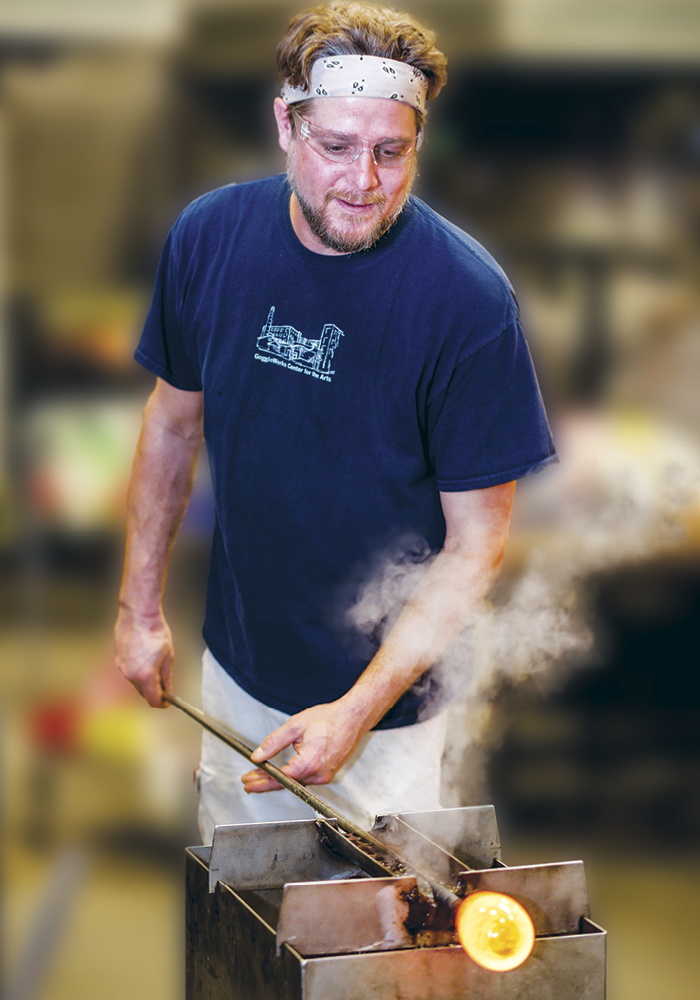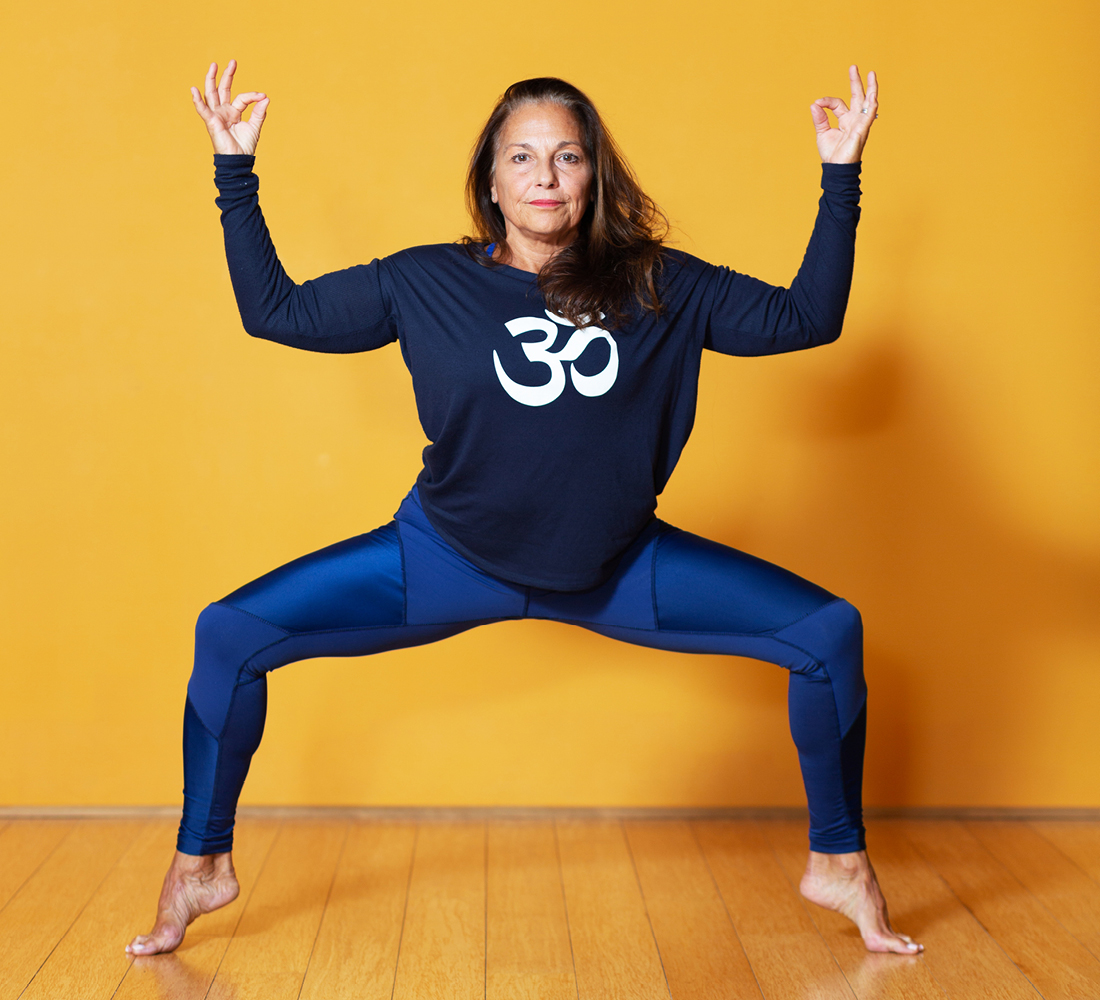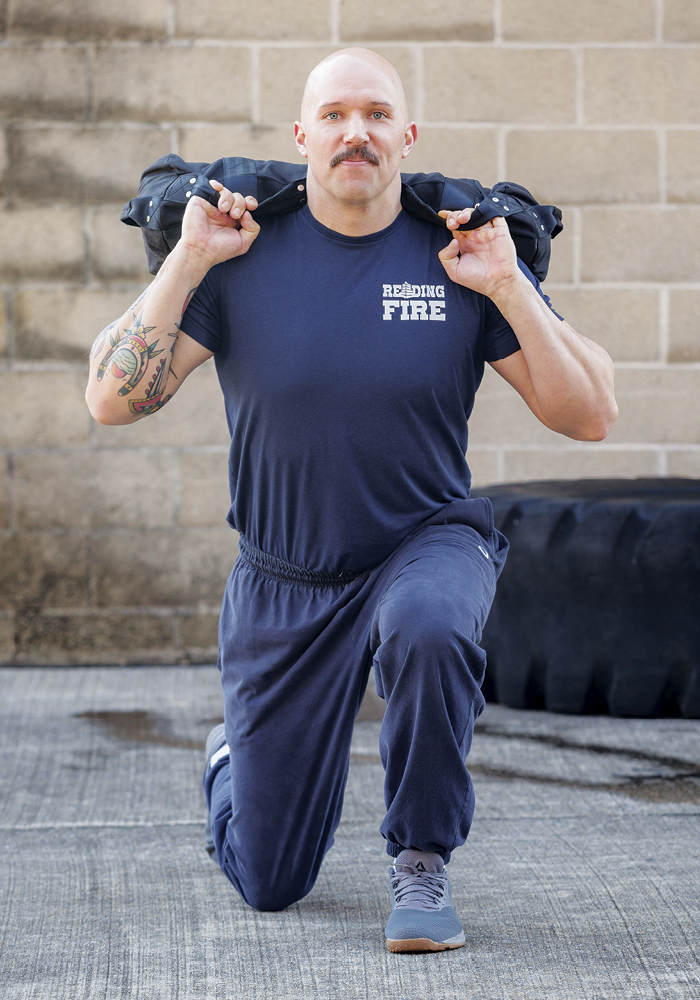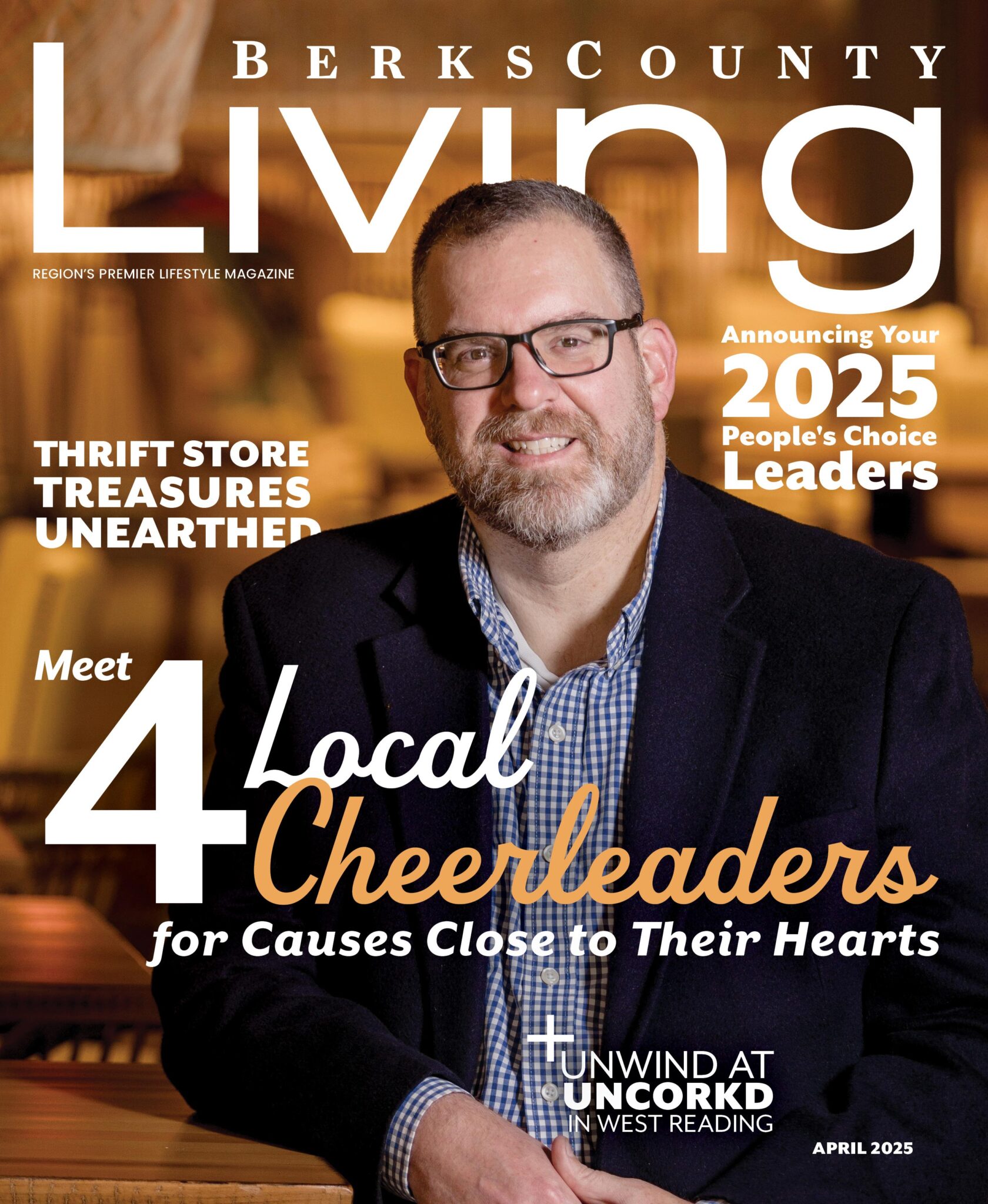In some careers, high temperatures are a pivotal part of the job. We talked to three Berks County professionals who thrive in the heat. No matter how hot it gets, these individuals are passionate about their work. They approach each day with enthusiasm and find fulfillment helping and teaching people.

Scott Krenitsky, Hot Glass Studio Manager at the GoggleWorks Center for the Arts
“I have the most amazing job in the world,” says Scott Krenitsky, Hot Glass Studio Manager at the GoggleWorks Center for the Arts. “I’m in charge of running a fantastically built studio for the most incredible material in the world, working for a HUGE arts organization that has an immeasurable impact on the immediate community.”
Krenitsky felt “completely mesmerized” when he first witnessed glassblowing as a child. While studying at Temple University’s Tyler School of Art, he took a glassblowing elective and “absolutely fell in love with it — it’s the most fascinating and addictive material in the world!” The experience led to his dream career.
According to Krenitsky, “Glassblowing is the process of using a hollow blowpipe to literally blow a bubble into the molten glass at the end to then manipulate into a desired shape (mostly vessels).” For people interested in learning glassblowing, he suggests taking a class at a public access studio. “It generally takes about five years of experience to become proficient,” he says.
With its large space and variety of equipment, the GoggleWorks Hot Glass Studio is an excellent resource for people to learn and perfect their skills. It’s also tremendously hot. “We have two furnaces that hold 500 pounds of glass each, but we only keep one hot at a time since it stays over 2,100 degrees 24 hours a day,” says Krenitsky. The facility’s four reheating chambers, known as glory holes, are even hotter — 2,300 degrees, according to Krenitsky. “We also have five large annealing ovens that allow the glass to slowly cool down from 960 degrees to room temperature,” he adds. Artists wear protective gear that includes safety glasses, face shields, kevlar gloves and sleeves. Along with these protective layers, summer weather adds to the heat. “It can get up to about 130 degrees in the cooler areas in July and August,” says Krenitsky.
As Studio Manager, Krenitsky maintains the tools, equipment and space, provides demonstrations and answers questions. He also teaches classes and workshops. Many of Krenitsky’s artistic creations are sold in the GoggleWorks store. “Cups have been really popular over the last several years, and I make a lot of seasonal items like pumpkins, ornaments, snowmen and trees.” He also creates custom work for visitors. “One of my favorites is a demonstration called “You Create, We Make” for visiting groups (mostly children),” he explains. Before the visit, participants create a drawing and description of a possible glass item. During the group’s visit, “we reveal the drawing we chose and create the piece live in front of them.”
Krenitsky remains enchanted with glass and loves “seeing and feeling how heat, gravity and centripetal force all play a role in the outcome. It’s absolutely amazing!” He also enjoys the excitement of revealing completed work. “When the pieces go in at about 1,000 degrees, you really can’t truly see what the colors will look like at room temperature, so it’s a bit like Christmas morning every time we take the first peek into the oven.”

Linda Zogas, Owner of BLDG 7 Yoga
“Yoga is meant to wake you up and discover your connection to the power of the universe,” says Linda Zogas, owner of BLDG 7 Yoga. “Using your intuition as your guide, you can change any circumstance in your life.”
Zogas’ interest in yoga began when she was a fitness teacher. “After my first Bikram class, I did not look back,” she recalls. “Once I found the style of yoga that spoke to me best — Baron Baptiste Power Vinyasa Yoga — I followed his training regimen of five separate weeks over a period of two years.” Zogas took education courses and submitted yoga teaching videos. “Yoga Alliance has since set a standard for what yoga teacher training really encompasses and what yoga teacher credentials should look like,” she says.
Yoga participants can reap advantages by turning up the heat. “Your body responds to heat the way cold glass does,” explains Zogas. “If you heat it, it becomes pliable. Muscular motion creates heat that softens your tissue and makes you malleable.”
Certain types of yoga are intended to be done at hotter temperatures. “Bikram yoga started his business with the room being 104 [degrees],” says Zogas. “This was because of the stationary postures of his practice.” In contrast, Baptiste Yoga is practiced in a 90-degree environment. “This style is Vinyasa — connecting breath and movement and not stopping,” adds Zogas.
Besides the heat in the room, yoga also creates heat within a participant. “The strong flow of a power practice fuels your inner furnace, and the breath fans that fire,” says Zogas. Breathing is an integral part of yoga, and can help a person work with the heat.
Increasing the temperature has health benefits, an aspect of Baptiste Yoga Zogas calls “healing heat.” Relaxing and restorative, “this healing heat melts away tension,” says Zogas. “Sweating is important to natural healing. It enables the body to release toxins and excess fluids.”
The Fire Room is BLDG 7’s biggest space for practicing hot temperature yoga. “We have a heated floor and pump in heat from the ceiling,” says Zogas. “We have — even prior to the pandemic — a system that allows for outside air to be pumped in for a continuous flow of fresh air while maintaining the heat.”
Since 2015, Zogas’ role at BLDG7 has evolved from main teacher to “being more of a mentor and taking classes and helping new teachers flourish and shine.” One constant has been the connections she has forged with her students. “I am grateful to them for allowing me to guide them through the yoga journey that helped them shape their lives,” says Zogas.
For Zogas, yoga is part of life’s bigger picture. “We mostly think of yoga in the physical form on our mat,” she says. “On or off of the mat, it is all yoga. It is more than the postures, or meditating, or eating to cleanse. Continually refining your practice on the mat allows you to mature spiritually and to truly trust and appreciate the strength and light that is within you.”

Luke Schultz, Firefighter and Lead Physical Trainer with the Reading Fire Department
“I am proud to be a first responder in this city,” says Luke Schultz, firefighter and lead physical trainer with the Reading Fire Department. A graduate of Reading High, Schultz has pride and gratitude for his home city of 30 years. “I am a firefighter for Reading responding to emergencies in the same neighborhood I grew up in. It is a way for me to do my small part in providing some help and security to a city and its residents that helped me become the person I am today.”
Schultz became interested in firefighting while working as Reading’s City Carpenter and later as Public Properties Manager. He visited Reading’s firehouses to see if they required repairs or upgrades. “The lure of excitement sparked my interest,” says Schultz, recalling the thrilling sight of “fire engines, ladder trucks and watching the guys respond to calls.”
After being hired with Reading’s Fire Department, Schultz trained at a fire academy for nine months. He earned national firefighting certifications “through a series of classroom time, practical hands-on drills and practice burn sessions at the Berks County Fire training site as well as on-the-job training with our senior firefighters.” New recruits also needed to earn their national EMT (emergency medical technician) certification.
Schultz wears full “turnout gear” to protect himself from fire’s extreme temperatures. “A common row home fire can reach temperatures up to 1,500 degrees,” he says. “Flashover (fire spreading very rapidly due to intense heat) happens at 1,100 degrees. As firefighters we are generally in a burning building prior to or after flashover temperatures.” Weighing 75 pounds, turnout gear includes “firefighting boots, bunker pants, a turnout coat, firefighting hood, structural firefighting gloves, a firefighting helmet and our SCBA (self-contained breathing apparatus) pack with a mask.”
As lead physical trainer, Schultz helps “new recruits become the best versions of themselves so they can have long, healthy and safe careers.” He finds it fulfilling to watch new members grow and learn. “The amount of confidence they gain from physical training spills over into other aspects of their life and creates such a positive environment.”
On a typical day, Schultz is at the firehouse from 7:30am to 6pm. After stowing his firefighting gear on the engine, he completes a “truck check” to make sure everything is working. Scheduled trainings are next. “This could be forcible entry techniques, rope rescue review, fire hose deployment practice, etc.,” he says. During the shift, the firefighters complete housekeeping tasks to keep the firehouse clean and work on physical conditioning in the gym. The team is ready for incoming calls at a moment’s notice. “We are responding to emergencies on the fire engine as they come in,” says Schultz.
For anyone considering firefighting, Schultz advises: “Keep a positive attitude always; stay in shape to do the job, don’t know everything and be willing to learn from the senior guys. Take the time to talk and learn from firefighters who have been on the job for a long time. Their experience is invaluable.”
















